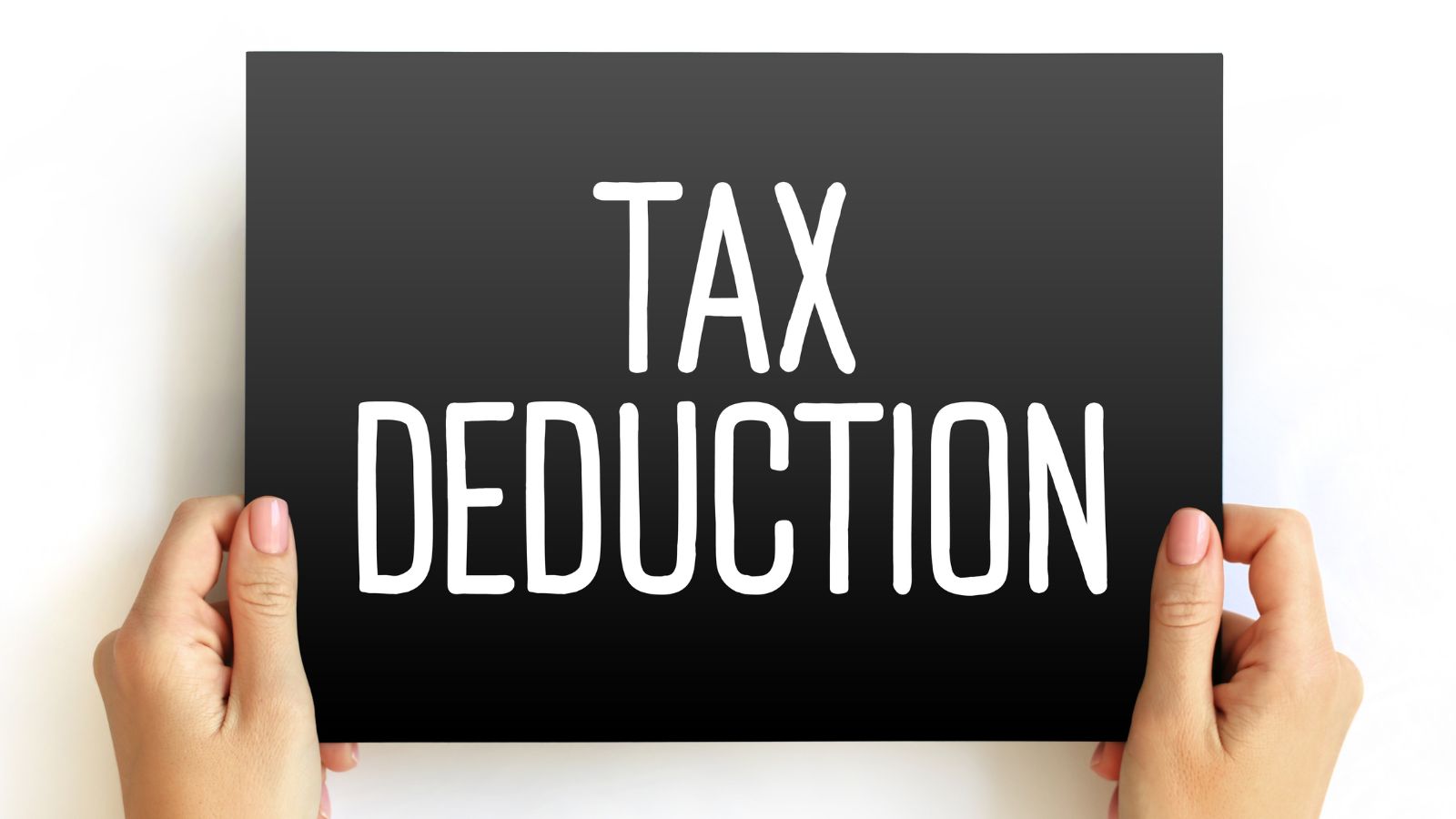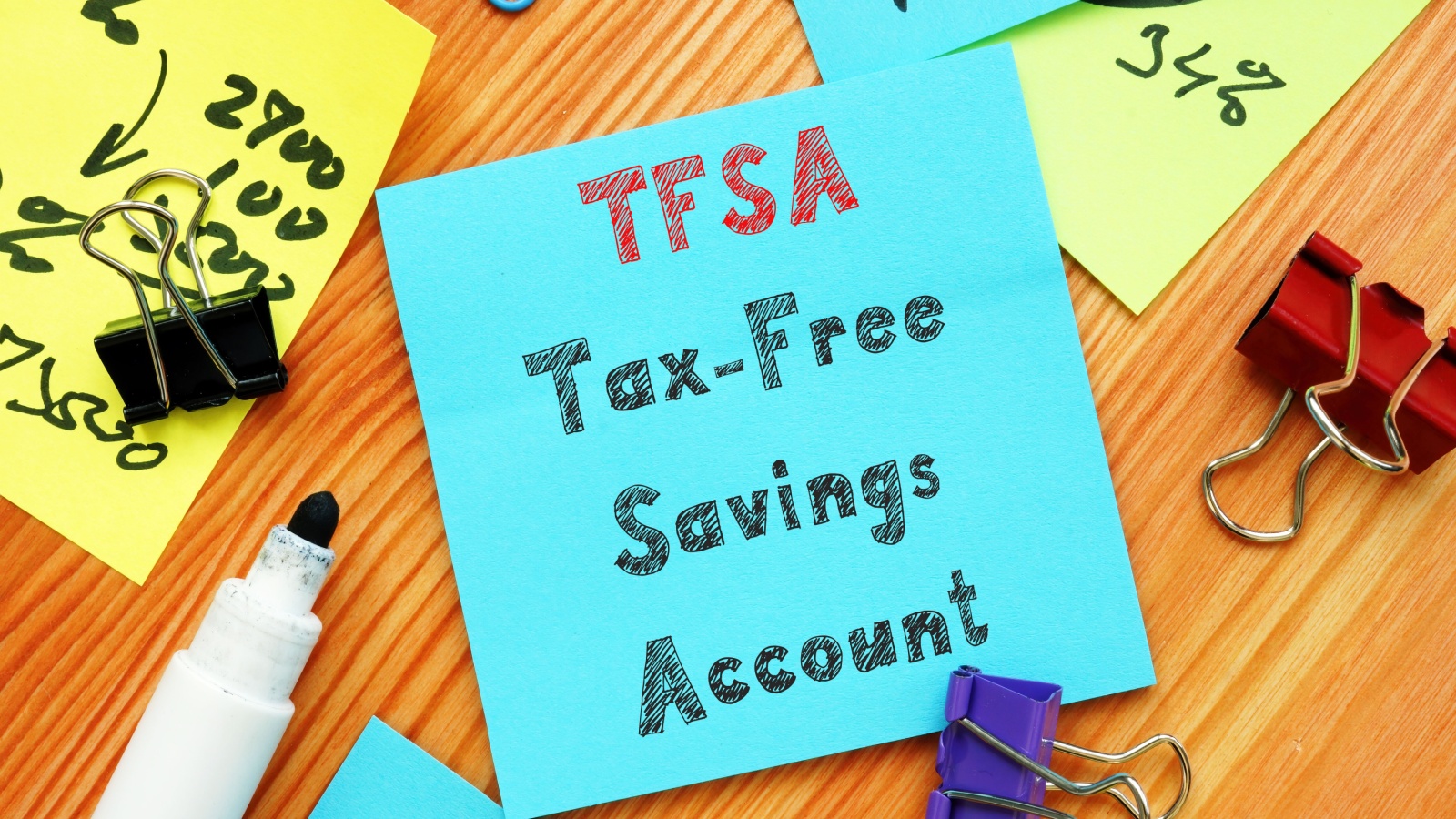Living costs in Canada can feel like a constant uphill climb, but there’s a surprising number of government initiatives designed to lighten the load. From tax breaks to cash rebates, these programs quietly put money back into the pockets of those who know they exist. Unfortunately, many residents either overlook them or assume they won’t qualify. That’s a missed opportunity. Here are 25 government programs that can help you save in Canada.
Canada Child Benefit (CCB)

The Canada Child Benefit offers monthly, tax-free payments to eligible families raising children under 18. The payment amount depends on factors like household income, number of children, and their ages. It’s designed to help with everyday expenses such as food, clothing, and extracurricular activities, reducing the financial strain of raising a family. Parents must file their taxes each year to remain eligible, even if they have no income to report. The benefit adjusts annually based on inflation, ensuring it keeps pace with living costs. Additionally, certain provinces offer top-up programs that stack on top of the CCB, further boosting support.
GST/HST Credit

This program issues tax-free quarterly payments to offset the sales tax burden for individuals and families with lower or modest incomes. The Goods and Services Tax/Harmonized Sales Tax (GST/HST) Credit doesn’t require a separate application; filing an annual tax return automatically determines eligibility. Payments are adjusted based on family size and net income, ensuring those who need the assistance most receive higher amounts. The credit can make a noticeable difference, particularly for households with limited disposable income, helping cover groceries, utilities, or other essentials. And, because it’s not tied to employment, it can benefit retirees, students, and those between jobs.
Canada Workers Benefit (CWB)

The Canada Workers Benefit is a refundable tax credit that supplements the income of low-wage earners. It encourages workforce participation by boosting take-home pay, especially for those in part-time or lower-paying roles. The CWB is available in two parts: a basic amount and a disability supplement for eligible individuals. Payments can be received annually at tax time or in advance through quarterly installments, offering flexibility for budgeting. Eligibility is based on earned income within a specific range, and the credit gradually reduces as income increases. Also, importantly, couples can apply together, with the higher amount assigned to one spouse to maximize the benefit.
Registered Education Savings Plan (RESP) Grants

Through the Canada Education Savings Grant (CESG), the government matches a portion of contributions made to a Registered Education Savings Plan. The standard match is 20% on the first $2,500 contributed annually, up to $500 per year per child, with a lifetime maximum of $7,200 in grants. Lower-income families may also qualify for the Additional CESG, which offers higher match rates. The RESP itself grows tax-deferred, and withdrawals for education are taxed in the student’s hands, typically resulting in minimal tax due. This program essentially gives parents and guardians free money toward their child’s post-secondary education, whether at a university, college, or trade school.
Canada Learning Bond (CLB)

The Canada Learning Bond is aimed at helping lower-income families save for their children’s education without requiring personal contributions. Eligible children born on or after January 1, 2004, can receive an initial $500 deposit into their RESP, plus $100 each year of eligibility until age 15, up to a total of $2,000. The CLB is deposited directly by the government once an RESP is opened, making it accessible even to families unable to make their own deposits. Parents need to apply through a participating RESP provider. Importantly, the CLB does not reduce other federal benefits and can be combined with the CESG for even greater savings potential.
Home Buyers’ Plan (HBP)

The Home Buyers’ Plan allows first-time homebuyers to withdraw up to $35,000 from their RRSP to put toward the purchase or construction of a qualifying home, without immediate tax consequences. Couples can withdraw a combined $70,000, significantly boosting their down payment potential. Withdrawn funds must be repaid into the RRSP over 15 years, starting the second year after the withdrawal, to avoid being taxed as income. The HBP can reduce the need for costly mortgage insurance or allow buyers to qualify for better loan terms.
First-Time Home Buyer Incentive (FTHBI)

The First-Time Home Buyer Incentive offers eligible buyers a shared equity mortgage with the federal government, reducing monthly mortgage payments without increasing down payment requirements. The government contributes 5% of the purchase price for resale homes or 5% to 10% for newly built homes. Repayment occurs when the home is sold or after 25 years, whichever comes first, and is based on the property’s market value at the time of repayment. This means the government shares in both the appreciation and depreciation of the home. It’s a helpful tool for buyers who qualify for a mortgage but find the monthly payments stretching their budget.
RRSP Tax Deductions

Contributions to a Registered Retirement Savings Plan are tax-deductible, lowering your taxable income for the year in which you contribute. The deduction often results in a substantial tax refund, which can be reinvested, saved, or used to pay down debt. Contribution limits are based on earned income, up to an annual maximum set by the government. Funds inside the RRSP grow tax-deferred until withdrawn, typically during retirement, when most people are in a lower tax bracket. For those in higher income brackets, the immediate tax savings can be significant, making RRSPs a powerful tool for long-term financial planning. And, for many, the dual benefits of a tax break now and tax-deferred growth later make this program an essential part of their savings strategy.
Tax-Free Savings Account (TFSA)

A Tax-Free Savings Account allows Canadians to earn investment income, including interest, dividends, and capital gains, without paying tax on withdrawals. The government sets annual contribution limits, and unused room accumulates year over year. Withdrawals can be made at any time for any purpose, and the amount withdrawn is added back to your contribution room in the following year. This flexibility makes the TFSA useful for both short-term savings goals and long-term investments. Unlike RRSPs, TFSA contributions are not tax-deductible, but the tax-free growth can result in substantial savings over time. Also, the account can hold a wide range of investments, from high-interest savings to stocks and ETFs.
Disability Tax Credit (DTC)

The Disability Tax Credit is a non-refundable tax credit that reduces the amount of income tax owed by individuals with a severe and prolonged impairment, or by their supporting family members. The program recognizes the additional costs associated with living with a disability. Eligibility is determined through a certification process involving a qualified medical practitioner, and once approved, the credit can be claimed retroactively for up to 10 years. The DTC can also serve as a gateway to other programs, such as the Registered Disability Savings Plan (RDSP). Plus, in some cases, unused portions of the credit can be transferred to a spouse, parent, or other supporting relative to further optimize tax savings.
Registered Disability Savings Plan (RDSP)

An RDSP is a long-term savings plan specifically for individuals eligible for the Disability Tax Credit. Contributions grow tax-deferred, and the government may match them through the Canada Disability Savings Grant, providing up to $3,500 annually, depending on income levels, with a lifetime maximum of $70,000. Low-income beneficiaries may also receive the Canada Disability Savings Bond, which provides up to $1,000 per year without requiring personal contributions. Funds can be invested in a variety of products, from GICs to mutual funds, offering growth potential. Withdrawals, which begin by the end of the year the beneficiary turns 60, are partially taxable depending on the source of funds.
Canada Pension Plan (CPP) Post-Retirement Benefits

The CPP Post-Retirement Benefit allows individuals who continue working while receiving CPP retirement benefits to earn additional pension income. Contributions are optional between ages 65 and 70 and mandatory under 65 if still employed, and each year of contribution creates a separate lifetime benefit starting the following year. This additional benefit is not affected by the maximum CPP retirement pension, meaning it can increase overall retirement income. It’s indexed annually to inflation and continues for life. It’s particularly valuable for people who didn’t maximize their CPP during their main working years but remain in the workforce beyond the standard retirement age.
Old Age Security (OAS) Pension

Old Age Security provides a monthly benefit to most Canadians aged 65 and older, regardless of work history. Eligibility is based on years of residence in Canada after the age of 18, with a full pension typically requiring 40 years of residency. Those with fewer years may receive a partial pension. Payments are adjusted quarterly to reflect changes in the cost of living. Higher-income recipients may have some or all of their OAS clawed back through the OAS Recovery Tax. The program is designed as a basic income floor for seniors, supplementing personal savings, CPP/QPP, and other retirement income sources. For many retirees, OAS serves as a predictable, inflation-protected income stream that requires no contributions during their working years.
Guaranteed Income Supplement (GIS)

The Guaranteed Income Supplement provides additional monthly payments to low-income seniors receiving Old Age Security. Unlike OAS, GIS is non-taxable and based solely on income, making it particularly valuable for retirees with limited resources. The benefit is reviewed annually using the most recent tax return, so filing on time is essential to maintain eligibility. GIS amounts decrease as income rises and may vary depending on marital status. The program ensures that Canada’s most vulnerable seniors have a more adequate income to cover essential living expenses, such as housing, food, and medical costs. For seniors with minimal pensions or savings, the GIS can make the difference between struggling and maintaining a modest standard of living.
Canada Greener Homes Grant

The Canada Greener Homes Grant offers homeowners rebates for eligible retrofits that improve energy efficiency, such as insulation upgrades, windows, doors, heat pumps, and renewable energy systems. Grants can cover up to $5,000 of retrofit costs, plus up to $600 for the required home energy evaluation. The program aims to reduce greenhouse gas emissions while helping households lower utility bills. Participants must complete a pre- and post-retrofit energy audit to confirm improvements. And, by combining this grant with other provincial or utility company incentives, homeowners can significantly offset renovation costs.
Canada Dental Benefit

The Canada Dental Benefit provides direct, tax-free payments to help cover dental care costs for children under 12 in families without private insurance and earning under a set income threshold. The benefit is intended for expenses such as checkups, cleanings, fillings, and other essential dental work. The amount varies based on household income, with up to $650 per child available per year in some cases. And, while it currently targets younger children, it’s part of a broader effort to expand dental care access nationwide.
Canada Housing Benefit (CHB)

The Canada Housing Benefit provides direct financial assistance to low-income renters to help with housing costs. Administered jointly with provinces and territories, it is designed to be flexible so recipients can use the funds toward rent in the private market or social housing. Eligibility and payment amounts vary by region, reflecting local rental rates and income thresholds. In some provinces, the benefit is portable, meaning you can keep receiving it even if you move to another unit within the province. Payments are typically made monthly and do not have to be repaid. Applications are made through provincial or territorial housing authorities.
Employment Insurance (EI) Regular Benefits

Employment Insurance Regular Benefits offer temporary financial support to individuals who have lost their jobs through no fault of their own, such as due to layoffs. Eligibility requires meeting minimum insurable hours worked within the qualifying period and being actively available for work. The benefit generally covers 55% of average insurable earnings, up to a maximum set annually. Payments are issued every two weeks and are taxable. Applicants must file biweekly reports to confirm their job search efforts. This program gives workers breathing room to secure new employment without facing immediate financial hardship.
Employment Insurance (EI) Special Benefits

EI Special Benefits cover situations such as maternity, parental leave, sickness, compassionate care, and benefits for parents of critically ill children. Each benefit stream has its own eligibility rules and maximum payment periods, but all generally replace 55% of insurable earnings, with some programs offering extended durations at a lower rate. For example, maternity benefits are available for up to 15 weeks, while standard parental benefits can extend to 40 weeks if shared between parents.
Canada Emergency Student Benefit (CESB) [Archived but Notable]

Though no longer active, the Canada Emergency Student Benefit is worth noting because similar emergency programs may return in future crises. Introduced during the COVID-19 pandemic, CESB provided income support to post-secondary students and recent graduates unable to find work due to economic disruptions. Payments were issued in four-week increments, with higher amounts for those with dependents or disabilities. The program filled a gap for students who didn’t qualify for regular EI or the Canada Emergency Response Benefit. And, while temporary, it highlighted the government’s willingness to create targeted financial support in response to specific economic challenges.
Apprenticeship Incentive Grant (AIG)

The Apprenticeship Incentive Grant is a taxable cash grant of $1,000 per year, up to $2,000 total, available to registered apprentices in designated Red Seal trades who complete their first and/or second year of training. The grant encourages progression in skilled trades, helping offset tuition, tools, and living costs while in training. Applicants must provide proof of progression and be actively registered with a provincial or territorial apprenticeship authority. The AIG complements other supports like the Apprenticeship Completion Grant, making it easier for apprentices to stay on track toward certification. It also supports the development of skilled labour, which is in high demand across Canada.
Apprenticeship Completion Grant (ACG)

The Apprenticeship Completion Grant offers a one-time, taxable payment of $2,000 to registered apprentices who have completed their training and obtained journeyperson certification in a designated Red Seal trade. This grant rewards apprentices for achieving full qualification and entering the workforce as certified tradespeople. The funds can be used for tools, starting a business, paying down debt, or other expenses. Applicants must apply within a set time frame after certification and meet all eligibility criteria set by Employment and Social Development Canada. Also, this, combined with the Apprenticeship Incentive Grant, represents a potential $4,000 in direct federal support during the training-to-career transition.
Public Transit Tax Credit for Seniors (Ontario Example)

While discontinued federally, some provinces, such as Ontario, offer a Public Transit Tax Credit for seniors aged 65 and older. This refundable credit allows eligible seniors to claim 15% of public transit costs, including fares for buses, subways, streetcars, and eligible transit passes. Receipts must be kept to support claims, and the credit is calculated when filing provincial taxes. The program encourages mobility and independence among seniors while reducing transportation expenses. It also serves as an example of how provincial programs can supplement or replace federal initiatives to meet specific local needs.
Northern Residents Deductions

The Northern Residents Deductions provide tax relief to individuals living in prescribed northern and intermediate zones for at least six consecutive months. Residents can claim deductions for living costs and, in some cases, travel expenses. The amounts vary depending on whether you live in a full or partial deduction zone, reflecting the higher cost of goods and services in remote areas. This program helps offset the premium prices for essentials such as groceries, fuel, and utilities, making it more affordable to live and work in northern communities. So, for those considering relocation to a northern area for work, the deductions can significantly reduce the tax impact and make such moves financially viable.
Canada Savings Bonds Payroll Program [Historical but Relevant Concept]

Although discontinued in 2017, the Canada Savings Bonds Payroll Program remains relevant as an example of automatic savings facilitation that could reappear in future government initiatives. The program allowed employees to purchase government-backed savings bonds through payroll deductions, making saving effortless and consistent. Interest was guaranteed, and bonds could be cashed at any time, providing both security and liquidity. While yields were modest, the program encouraged a disciplined savings habit among Canadians of all income levels. Plus, understanding past programs like this can help individuals spot and take advantage of similar offerings in the future, whether from the government or employers.
21 Products Canadians Should Stockpile Before Tariffs Hit

If trade tensions escalate between Canada and the U.S., everyday essentials can suddenly disappear or skyrocket in price. Products like pantry basics and tech must-haves that depend on are deeply tied to cross-border supply chains and are likely to face various kinds of disruptions
21 Products Canadians Should Stockpile Before Tariffs Hit
